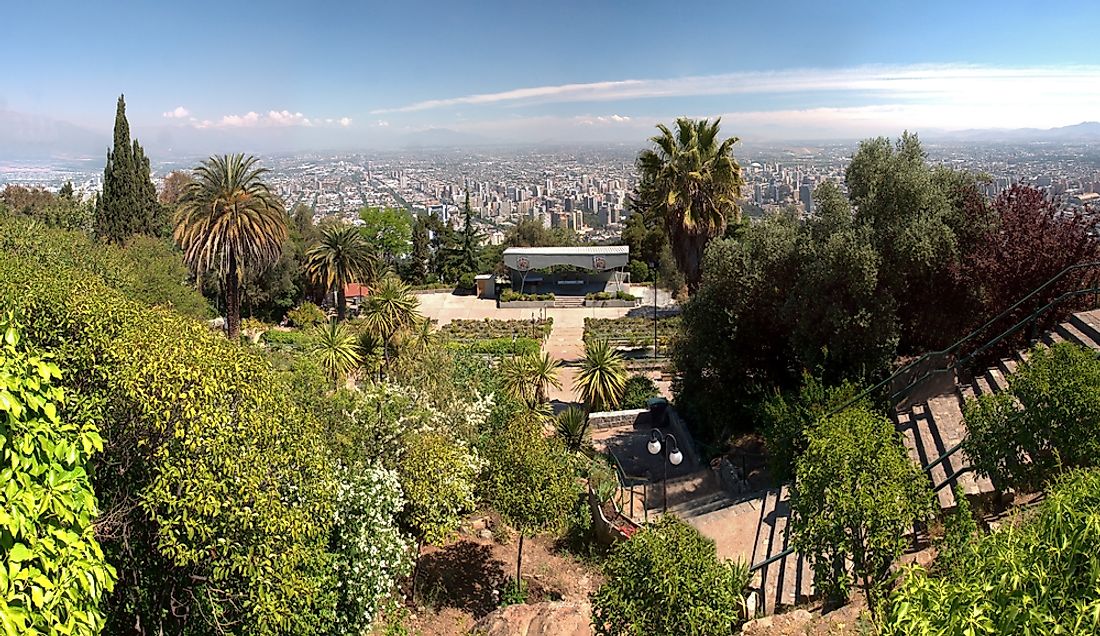What Are The Features Of The Chilean Matorral Ecoregion?

Chile, located in South America on a long strip of land along the Pacific Ocean, borders Peru in the north and Argentina in the east. The driest desert on the planet, the Atacama Desert, is on the northern side of the country and is rich with minerals. One of the most prominent ecoregions of Chile is the Matorral. A Matorral is a Spanish word meaning a land that is bushy and hilly, with thick vegetation. The Matorral ecoregion is home to many endangered plant species, rare birds, and animals. The Chilean Matorral is an interesting geographical region covering the coastal line of the country. It has a width of approximately 100 kilometers and covers an area of about 57,300 square miles. The vast region is rarely protected with constant human activities affecting the ecosystem. Some of the threats to the ecoregion include constant fire outbreaks, cutting of trees for timber, mineral exploration, and dumping waste materials leading to pollution.
The Ecosystem in the Region
The Mediterranean climate dominates the region, meaning that the area experiences very low temperatures in winter with high rainfall and contrastingly very dry summers. This gives optimum weather for various plants species to thrive ranging from very tall trees like the Espino and the Carob trees in the south to shrubs and short woodlands like the Cactus and soapbark trees in the north. The climate in the central region favors the growth of grass for grazing. Though there were thick endemic forests, human activity has depleted them. Palm trees are also common along the coast. The Sclerophyll woodland composed of Peumo and Boldo, which were common, have diminished in the coastal mountains. Biome, which refers to a group of plants or animals with similar traits, is predominantly found in the southern ecosystem.
Rare bird species like the firecrown hummingbird are found in the forests. The Adesmia microphylla is a common shrub in the coastal region. The Fuscospora Alessandrii plants are endemic to the matorral region though they are an endangered species due to logging for timber because it grows to a height of up to 30 meters.
Between the Atacama Desert and the matorral lies a semi-desert called the El Norte Chico. It is home to reptiles like the iguana and various snake species. Wild animals and reptiles like lizards, bats, and snakes are also common. There are many volcanic mountains and lakes with the south coastal area boasting of various canals, peninsulas and major islands.
Demographic Impact on the Matorral Ecoregion
Most of the biggest cities are located within the Matorral region. Examples are the Santiago city and San Pedro de Atacama in the north. This translates to a huge population which has destroyed the surrounding nature to meet its daily needs. The valley in the central region is prime for agricultural activities making farming and livestock rearing thrive.
Uniqueness
The ecosystem has a unique characteristic of having trees that are fire friendly in that fire offers a medium of seed dispersal, nutrients biodegradation, and clearing of the plant matter to enable new ones to grow. Nevertheless, this ecosystem is the most interesting having a combination of coastal, highlands, semi-desert and savannah grassland. Therefore, it supports a wide range of plants and animals with different adaptations.







